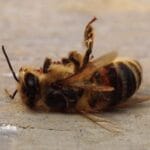Everybody poops, but the world of poop is far from ordinary. Nature has some truly unusual ways of dealing with excrement, turning waste into a valuable resource. Prepare to be surprised and maybe a little grossed out by these weird poop facts!
10. Baby Birds Poop In Their Parent’s Faces
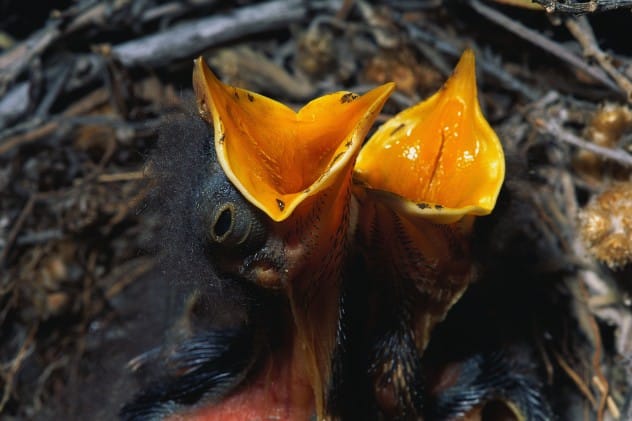
Many baby birds that need constant care create what are called fecal sacs. Their intestines wrap their poop in a strong membrane, like a built-in diaper! When they need to go, they aim their little butts at their parents. Mom and dad then pluck the sac right out to eat it or fly it away, keeping the nest clean.
Young baby birds can’t fully digest their food, so their poop is full of undigested nutrition. It’s like a healthy snack for their parents! As the baby bird grows, its gut bacteria gets stronger, and the parents stop eating the poop. Some species, however, will continue this throughout the nesting period. Yum!
9. Some Baby Animals Need to Eat Their Parent’s Poop
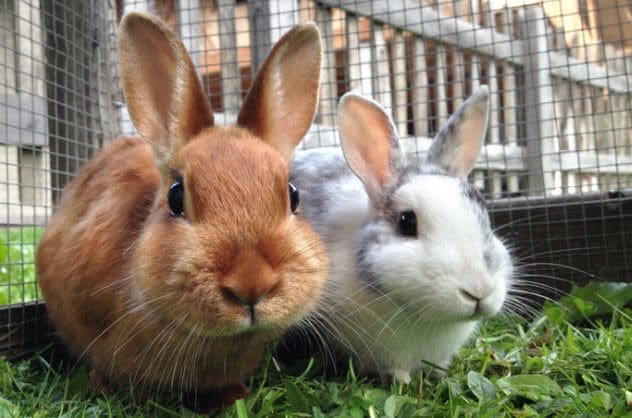
Ever seen a rabbit eat its own poop? They often do this because their digestive system isn’t strong enough to get all the nutrients the first time around. By eating their poop, they ensure they don’t waste any nutrition.
Baby rabbits also benefit from eating their mother’s poop, similar to pandas and hippos. The necessary bacteria for digestion often only exists within that species’ digestive tract. Eating mom’s poop gives baby rabbits the gut biome they need to properly digest their food as they grow.
8. Four Foot Poop Squirts Turns Into Laughing Gas
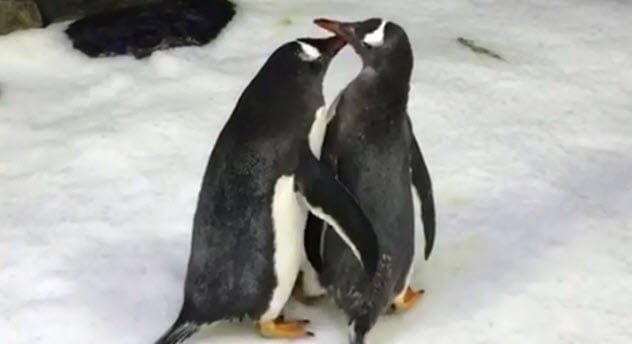
Penguins have a unique method of housekeeping. They can eject their poop with such force that it can travel up to four feet! Scientists studied their rectal pressure to determine this impressive feat.
But there’s more! Penguin poop is full of nitrogen from their diet. When it lands on the soil, bacteria converts it into nitrous oxide, also known as laughing gas. Researchers studying king penguins in Antarctica even started feeling nauseated and getting headaches after wading through all that guano!
7. Poop Into Paper
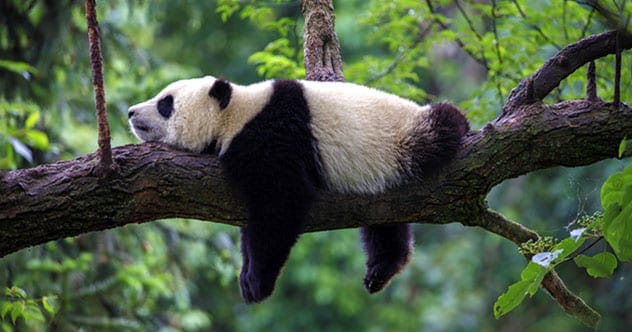
Pandas spend most of their day eating, which means they also poop a lot – up to 22 pounds a day! Disposing of that much poop can be expensive for conservation centers and zoos. They decided to take a hint from elephant conservatories.
Elephants produce a lot of fibrous poop that can be sanitized and turned into paper. Panda poop, being 70% indigestible bamboo, can also be made into paper products like toilet and tissue paper. Who wouldn’t want to wipe with poop paper coming from a cute panda?
6. Hippos’ Massive Poop Kills Fish
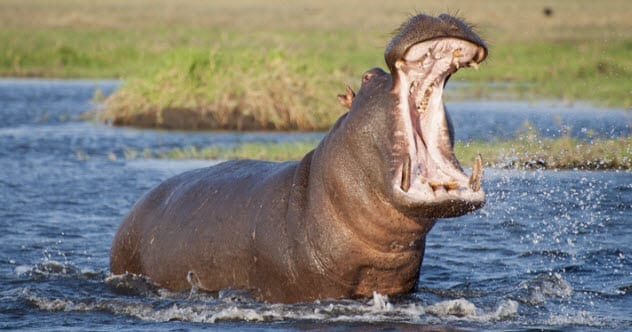
Hippos spray their poop to mark their territory. As gross as that is, their poop becomes seriously problematic when they do their business in the water.
Hippos spend a lot of time in the water and poop a lot. A population of 4,000 hippos can deposit about 8,500 kg of dung into the water daily. This waste accumulates on the river’s bottom. During the dry season, the water gets filled with toxic chemicals from all the poop. Bacteria eat the nutrients, but in the process, they also use up the oxygen that fish need to breathe. Heavy rains can then stir up the poop mud, sending it downstream in a “flushing flow” that suffocates massive amounts of fish.
5. The Poop Dance of the Sloth
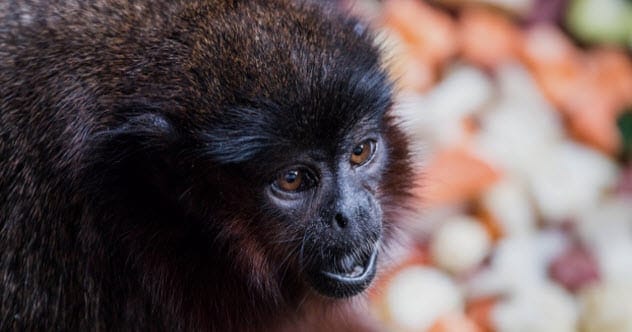
Sloths are slow, including their digestive system. It can take up to a month to digest food. Because of this, they only need to poop about once a week, but when they do, it’s a significant event.
A sloth can lose up to a third of its body weight when it poops, which is like a human losing 45 pounds in one sitting! They climb down from their trees to do their business, which is risky. Once on the ground, they dig a hole, poop standing upright, then cover it back up in what scientists call a “poo dance.” Some believe this behavior gives moths a place to lay eggs, which helps camouflage the sloth’s fur. Whatever the reason, it’s a dangerous behavior with a strong evolutionary purpose.
4. Pasty Butt, Killer of Baby Chicks
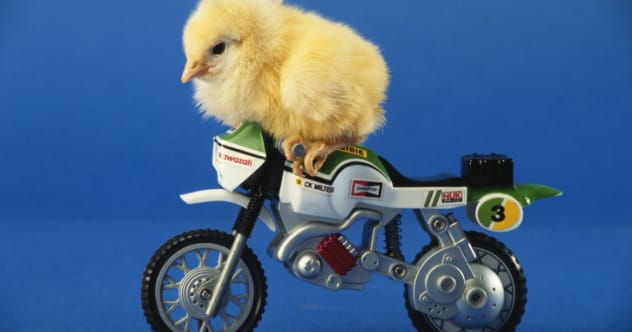
One of the most common reasons baby chicks don’t survive is a condition called pasty butt. Their digestive systems are still developing and aren’t always strong enough to digest food properly. Stress can make their poop the wrong consistency, causing it to get stuck around their vents.
If the poop clogs them up, they can’t defecate, and the waste backs up into their digestive tract. Without treatment, the chick will usually die within two days. Fortunately, it’s easy to treat with a warm washcloth to clean their behinds. Vaseline can also help prevent further issues, as other chicks might peck at the exposed area.
3. Poop, Cubed
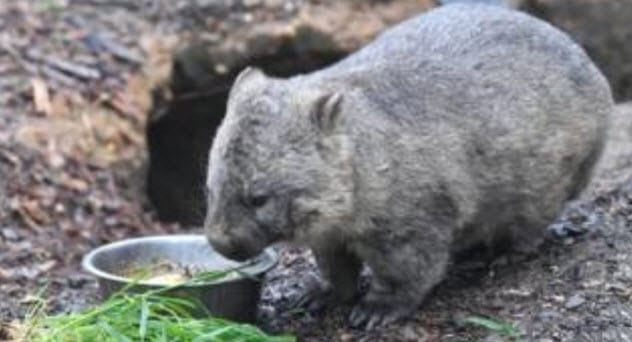
The wombat stands out as the only animal known to produce cube-shaped poop. This unique shape makes their lives a lot easier.
Wombats use their poop to communicate, stacking it as high as possible to mark their territory. These smelly flags tell other wombats they are there, which is especially useful during mating season. The cubed shape keeps the poop from rolling away and toppling over.
Scientists discovered that the elasticity of the last 8% of their intestines varies in a specific way, solidifying the fluid and forming the cubes. Talk about precision engineering!
2. Mandrills Use Poop to Social Distance
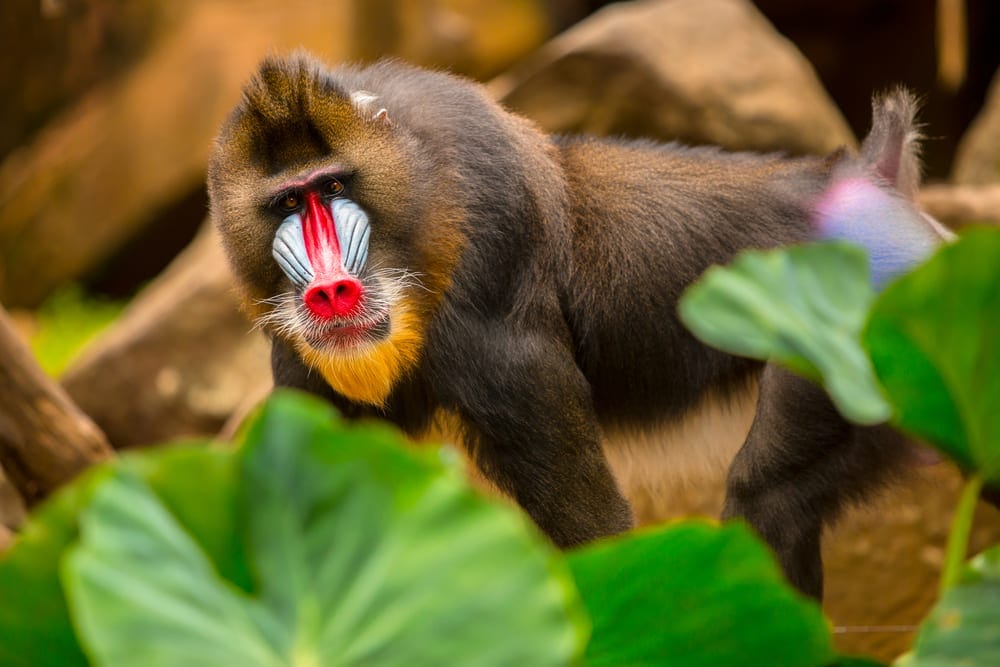
Mandrill monkeys live in large groups and have been social distancing long before humans. They sniff each other’s poop to know who to avoid, which is beneficial for disease control.
When a mandrill is infected with a parasite, their body odor changes, including their poop. A quick sniff tells other mandrills if they are infected. If they pick up the scent of infestation, they start social distancing.
While they avoid the infected monkey, they don’t completely shun them. They will still groom them occasionally, just avoiding the anal area to prevent consuming any parasites – the mandrill equivalent of wearing a mask.
1. The Poop at the Bottom of the Sea
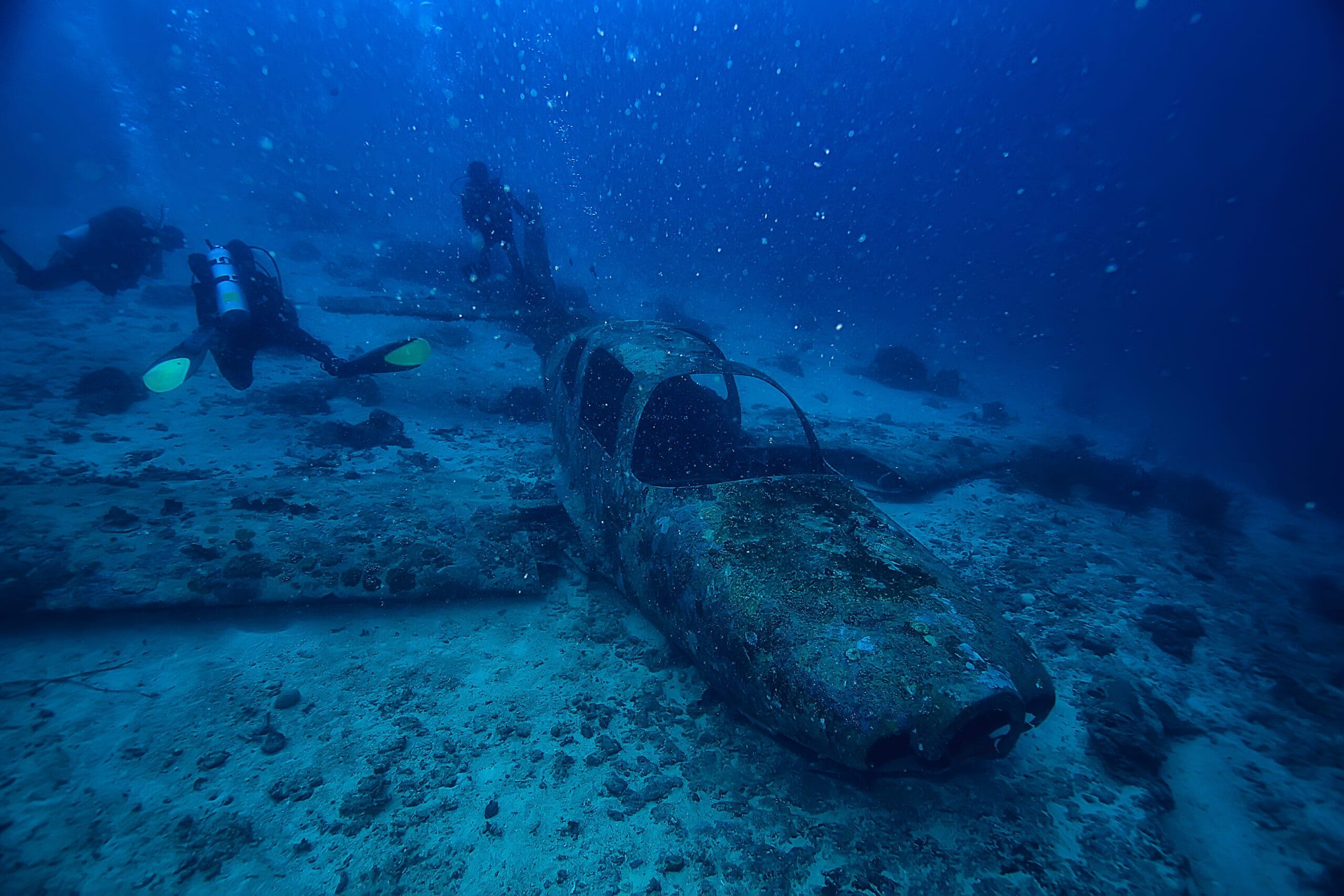
When scientists began studying the deep sea, they noticed white detritus falling like snow throughout the waters. This “marine snow” consists of organic material from the upper parts of the ocean making its way to the depths. That includes dust, sand, dead plants, animals, and lots of marine poop.
Marine snow takes weeks to reach the bottom and covers about three-fourths of the ocean floor. At the bottom, it turns into an “ooze” of corpses and poop, accumulating at about six meters every million years. Imagine how much of our planet is lined with this thick layer of ancient marine poop!
Did these poop facts surprise you? Leave a comment below and share your thoughts!







